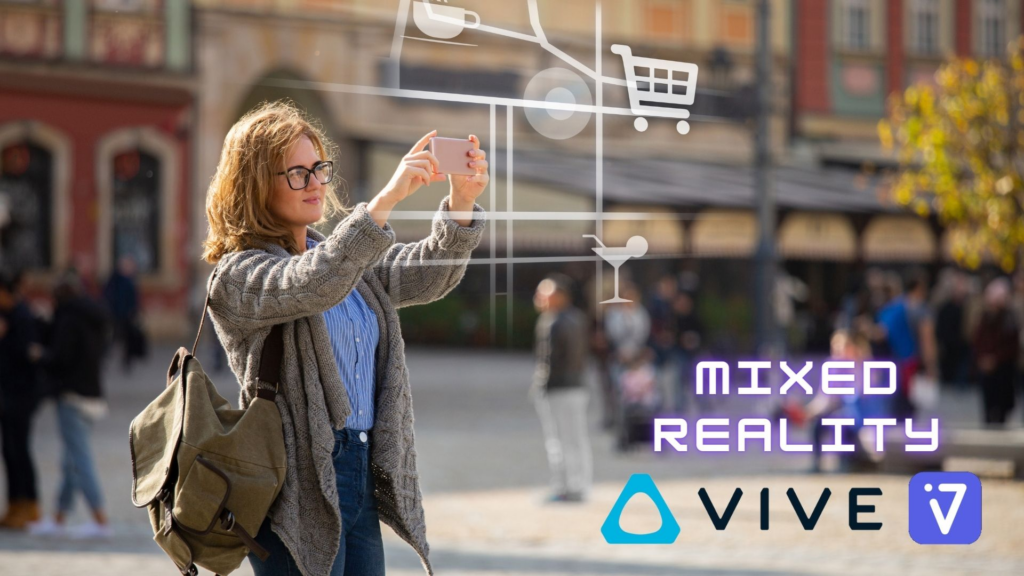HTC teams up with Imversed to extend its reach beyond VR.

HTC knows how advantageous a partnership can be. In 2016, the company released the consumer version of its Vive VR headset, which quickly gained steam thanks to a collaboration with game developer/publisher Valve, whose SteamVR platform began supporting the device. Today, Vive has become one of the most popular VR headsets on the market. Now, HTC is looking beyond virtual reality and into the mixed reality space, and is following a similar play, this time forging a new partnership with Imversed, a company that is building an extended reality (XR)-land metaverse, where the physical and virtual merge. This alliance will see Vive adapting its VR technology to XR.
Both Vive and Imversed have their own metaverse ecosystems: HTC’s Viverse and Imversed.World. The crucial difference between the two is that Viverse is fully VR. Imversed—which is still being built—has planned for XR experiences from the beginning with an augmented reality app coming soon.
This partnership is a single part of a major market movement. Many companies are moving away from explicitly VR experiences. A major reason is because VR is held back by its hardware. Using and owning a VR headset is expensive and unwieldy, making it an unlikely choice for businesses to actually use VR.
Businesses value tools that they will be able to use on a regular basis. VR headsets will offer businesses new and different perspectives on training and communication, but that won’t fit in a normal workflow. Companies are now pushing towards XR, like HoloLive, an AR/XR application that can drastically change every industry’s workflow. Workers in the manufacturing and servicing industries will see information overlays and relevant charts as they do their work, seamlessly integrating the virtual and physical.
“We believe AR will be a mind-blowing future, but nobody’s tackling that right now,” said Ed Ow, chairman of Imversed. “We want to build something like Ready Player One. You can upload any avatar, combined with AR and VR, to bring them to real-life utility.”
With this turn, HTC’s Viverse will take a similar approach. Customers and players don’t need big clunky headsets to use their metaverse. They can use, and will be encouraged to use, cheaper and more common devices. This will broaden the amount of people using their metaverse, open up their marketplaces, and make Web3 more available for everyone.





